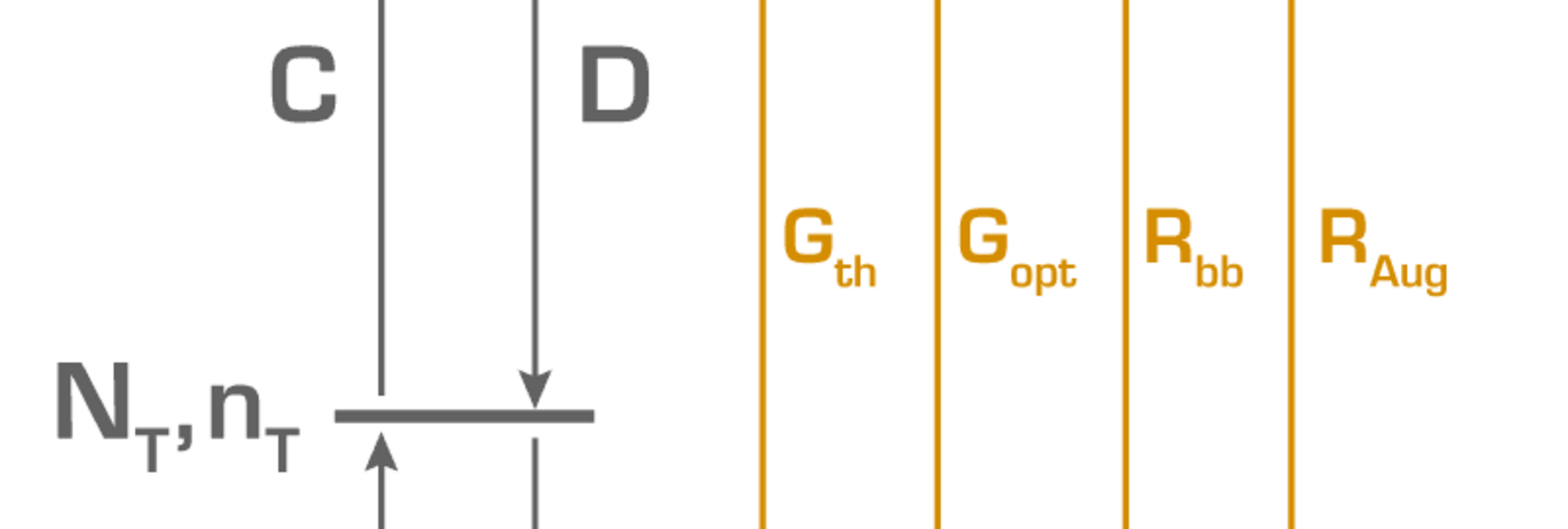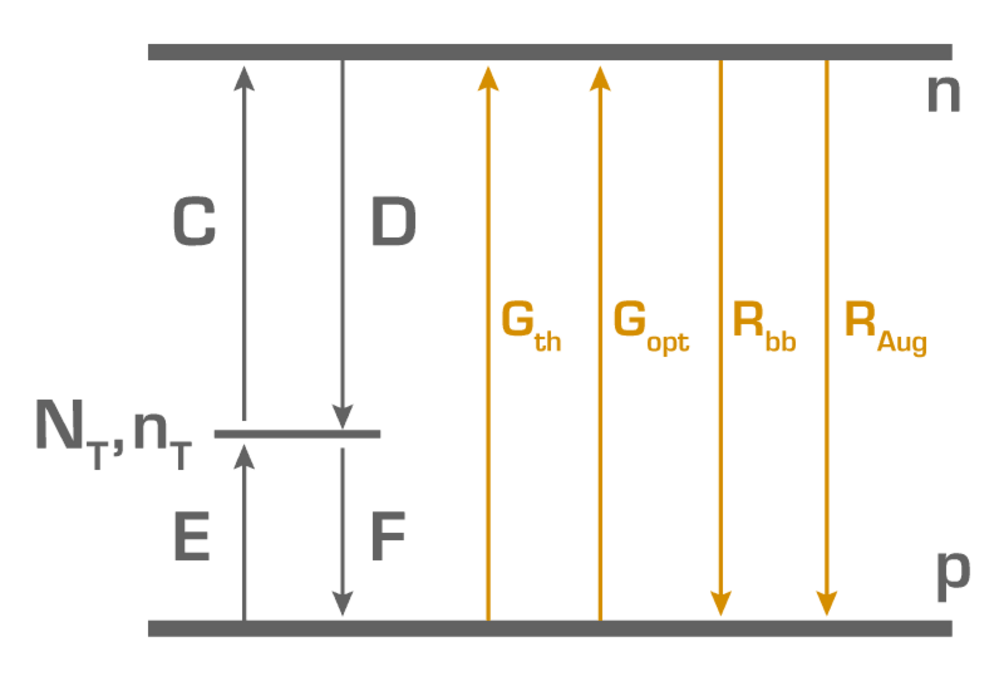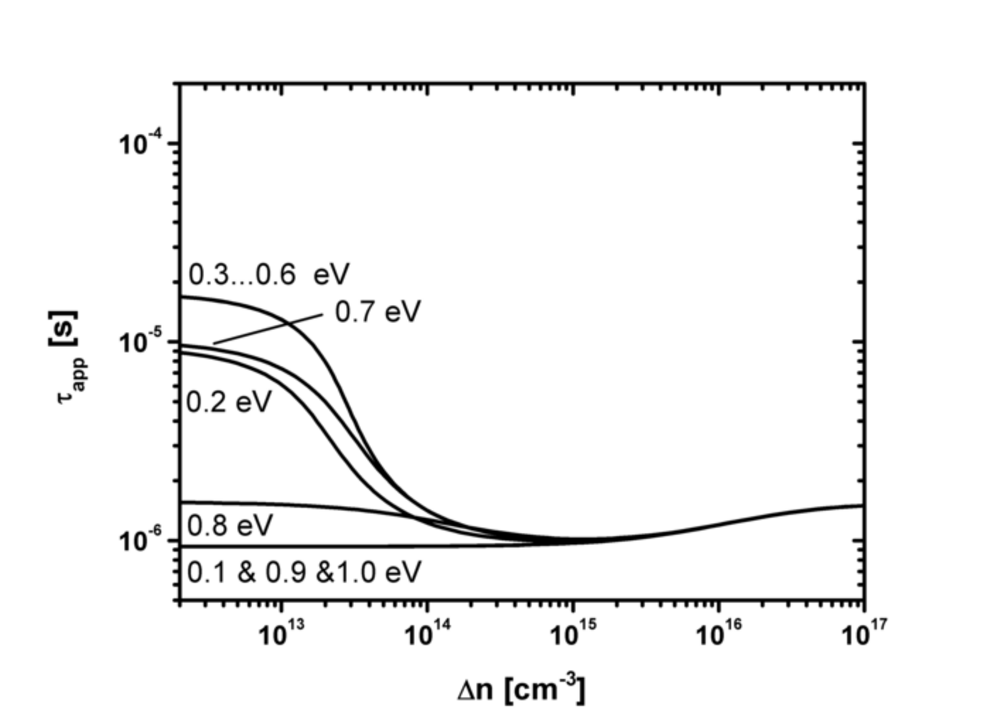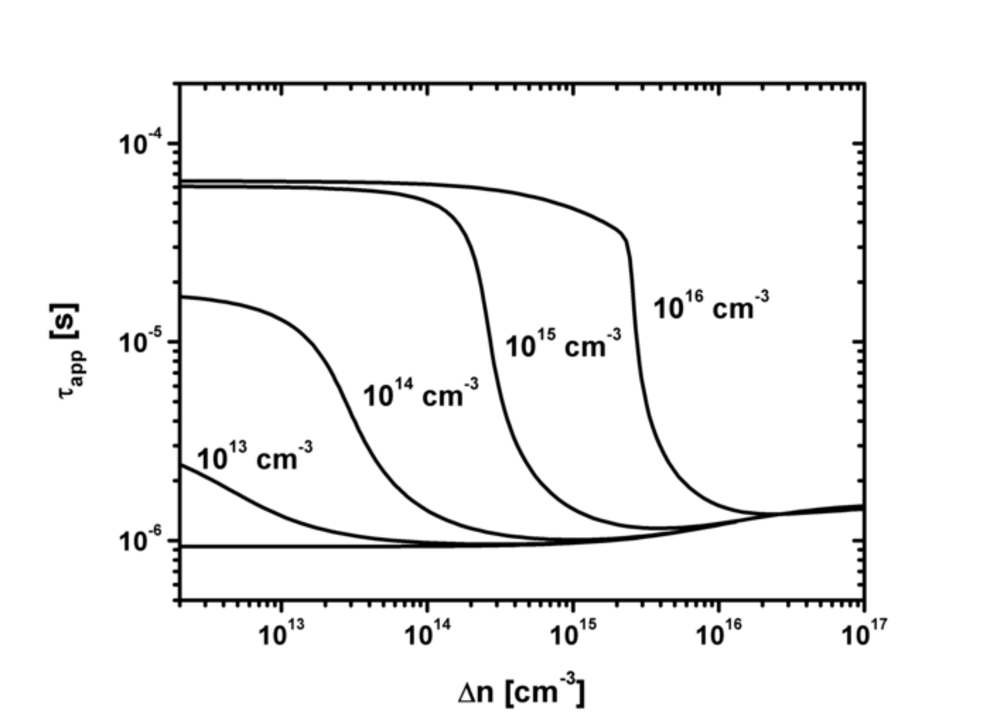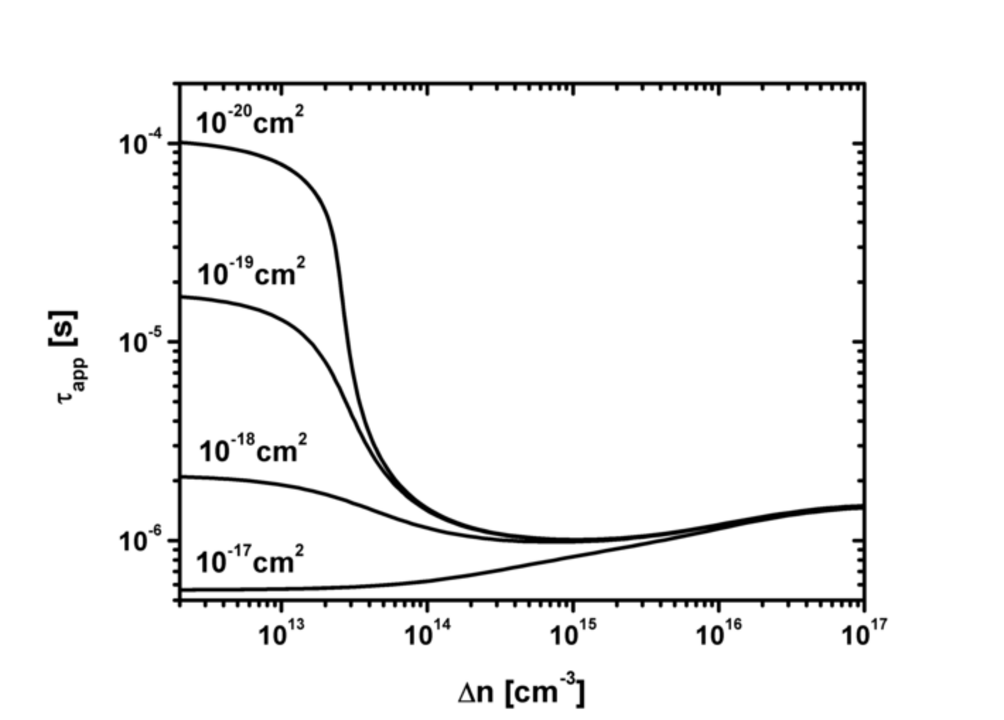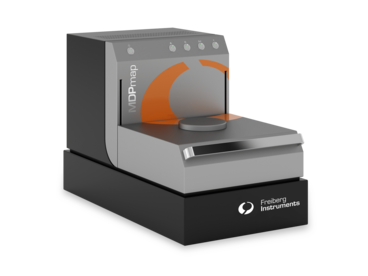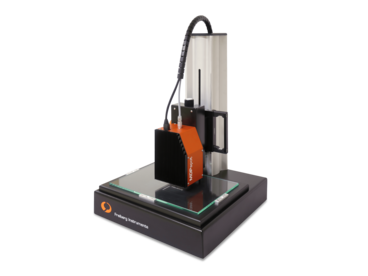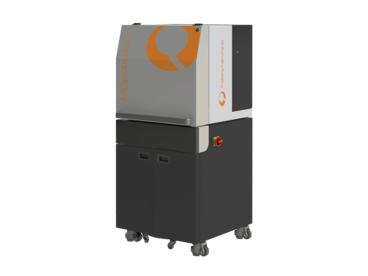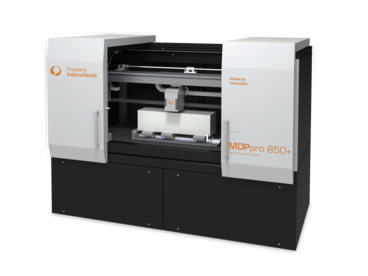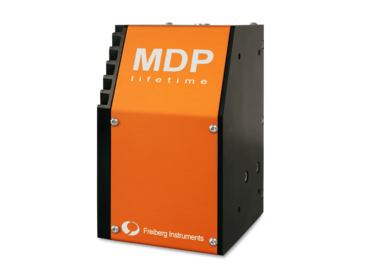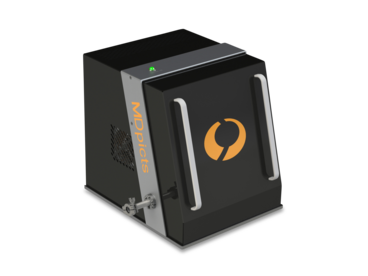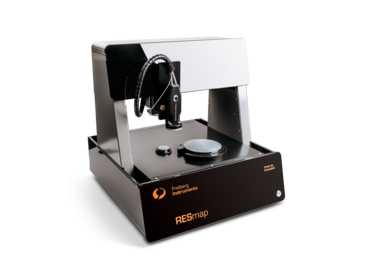From the simulated time dependent carrier concentrations the photoconductivity can be calculated using the mobility model of DORKEL and LETURCQ [2] . The minority carrier lifetime can be extracted from the transient of the photoconductivity after Gopt is set to zero.
advantages compared to SRH simulations or PC1D
lifetime is not a parameter, but a direct result
non steady state can be simulated as well
an arbitrary number j of defect levels can be included
The numerical simulation tool is suited for simulation of injection and temperature dependent measurements, for investigating the trapping effect on lifetime and photoconductivity and for the comparison of MDP and µPCD or other measurement conditions. Summarizing, this simulation tool enables to make lifetime measurements more comparable and to achieve a better understanding of the results.
More information about these simulations can be found in:
[1] T. Hahn, Thesis, TU Bergakademie, 2009
[2] J. M. Dorkel and P. Leturcq, Solid-State Electronics 24, 821-825 (1981)
